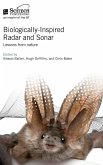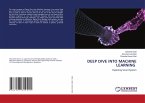While current approaches to digital image processing in the context of deep learning are motivated by biological processes in the human brain, they are, however, also limited due to the current state of the art of input and output devices. To generate images from real-world scenes, the underlying lattice formats are predominantly based on rectangular or square structures. Yet, the human visual perception system suggests an alternative approach that manifests itself in the sensory cells of the human eye in the form of hexagonal arrangements. This contribution is therefore concerned with the design, implementation, and evaluation of hexagonal solutions in the form of hexagonal deep neural networks (H-DNN). The realized hexagonal functionality had to be built from the ground up as hexagonal counterparts to otherwise conventional square image processing systems, for which hexagonal equivalents for artificial neural network operations, layers, and models had to be implemented. To enable their evaluation, a set of different application areas within astronomical, medical, and industrial image processing are provided that allow an assessment of H-DNNs in terms of their general performance. The presented results demonstrate the possible benefits of H-DNNs for image processing systems. It is shown that H-DNNs can result in increased classification capabilities given different basic geometric shapes and contours, which in turn partially translate into their real-world applications.
Hinweis: Dieser Artikel kann nur an eine deutsche Lieferadresse ausgeliefert werden.
Hinweis: Dieser Artikel kann nur an eine deutsche Lieferadresse ausgeliefert werden.








